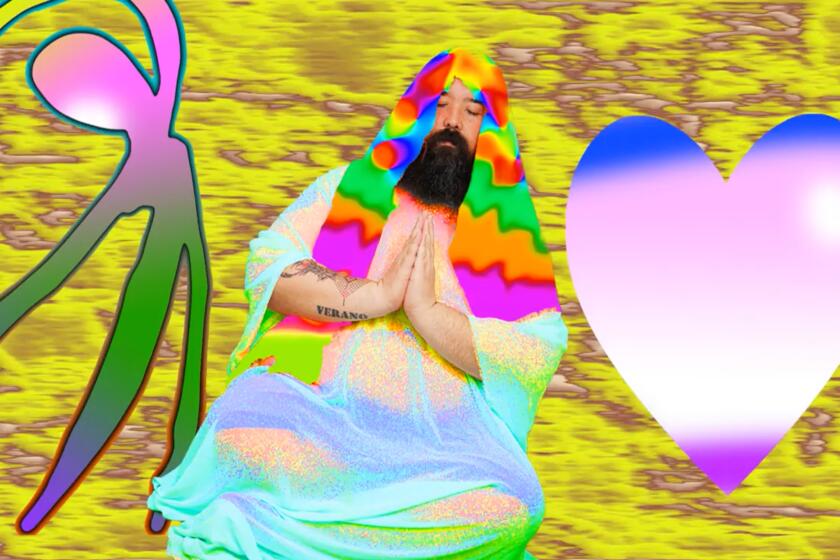- Share via
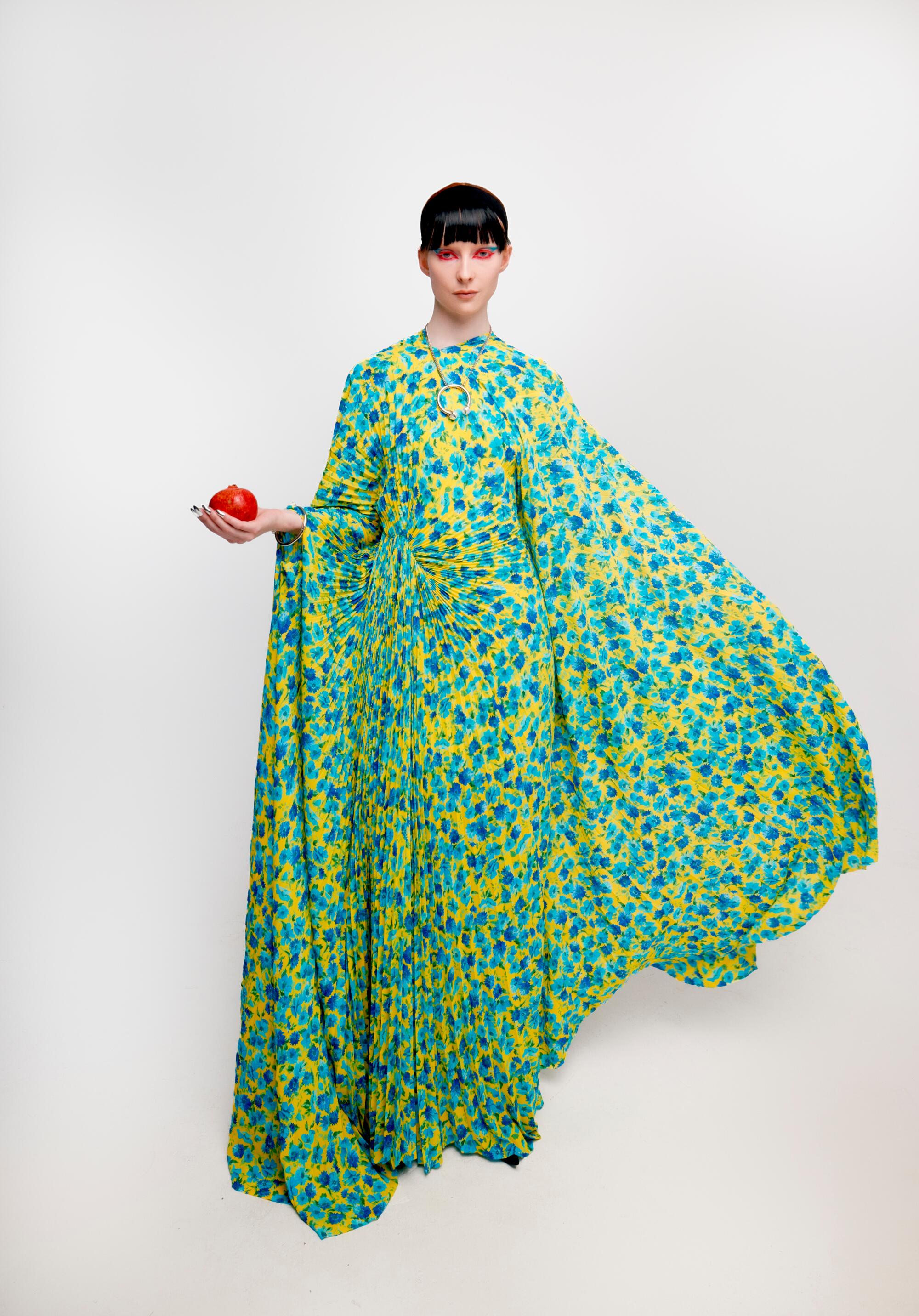
I want so badly to tell you about your future. I’ve made it clear on my website that I am not a psychic but now that you’ve paid me for a tarot reading and you’re sitting here in front of me, it’s obvious you want me to tell you what is going to happen. Ninety-eight out of 100 times, you specifically want to know the future of your love life or your career. (In the remaining two instances, you want to know where you should live.)
Before we met, I asked you to draft an open-ended yet specific question to bring to the cards. And although you think you’ve found the secret way of predicting your future by asking me what needs to change in your current romantic relationship or how to decide whether you should quit your job, I’m sorry to say you haven’t. I could be didactic with you — sure, quit your job, marry your partner, move to the burbs — and that may feel like a prognostication of sorts. But having an opinion is not the same as having the answer, and so I make it clear before we begin that not only will I not predict your future, I won’t tell you what to do either. I won’t even answer the very question I required you to prepare, not because I don’t want to but because I can’t.
Our present is so uncertain that it’s no great surprise everyone wants me to tell them what happens next.
“It is not the job of a card reader to promise revelations,” Jessica Dore writes in her book “Tarot for Change,” “because that’s not how secrets work.” Dore offers an understanding of the cards as having a “midwifing function, in which they ask questions as part of a birthing process that brings forth new life. Questions that broaden rather than narrow down.” Put simply, a tarot card is a prompt. In the duration of our time together, you will have asked the deck a single question, but every card drawn in response will have offered a different question back to you; you will leave this reading with more questions than you started with. “This is good,” Dore consoles. “Questions are passageways to new life.”
The beauty of surfing is inextricable with the fear of it. It’s as if the baptismal in the ocean were somehow both the original sin and its curative.
The earliest versions of tarot decks weren’t even used as a form of divination. Tarot was just a trump card game first played by Europeans in the 1400s. But so strong is the human urge to predict the future that late-19th and early 20th century occultists adopted the cards as a tool for their mystical explorations. The tarot deck I use, the instantly recognizable Rider-Waite-Smith deck, is the one as reimagined by a few of those occultists, and dates back only to 1909.
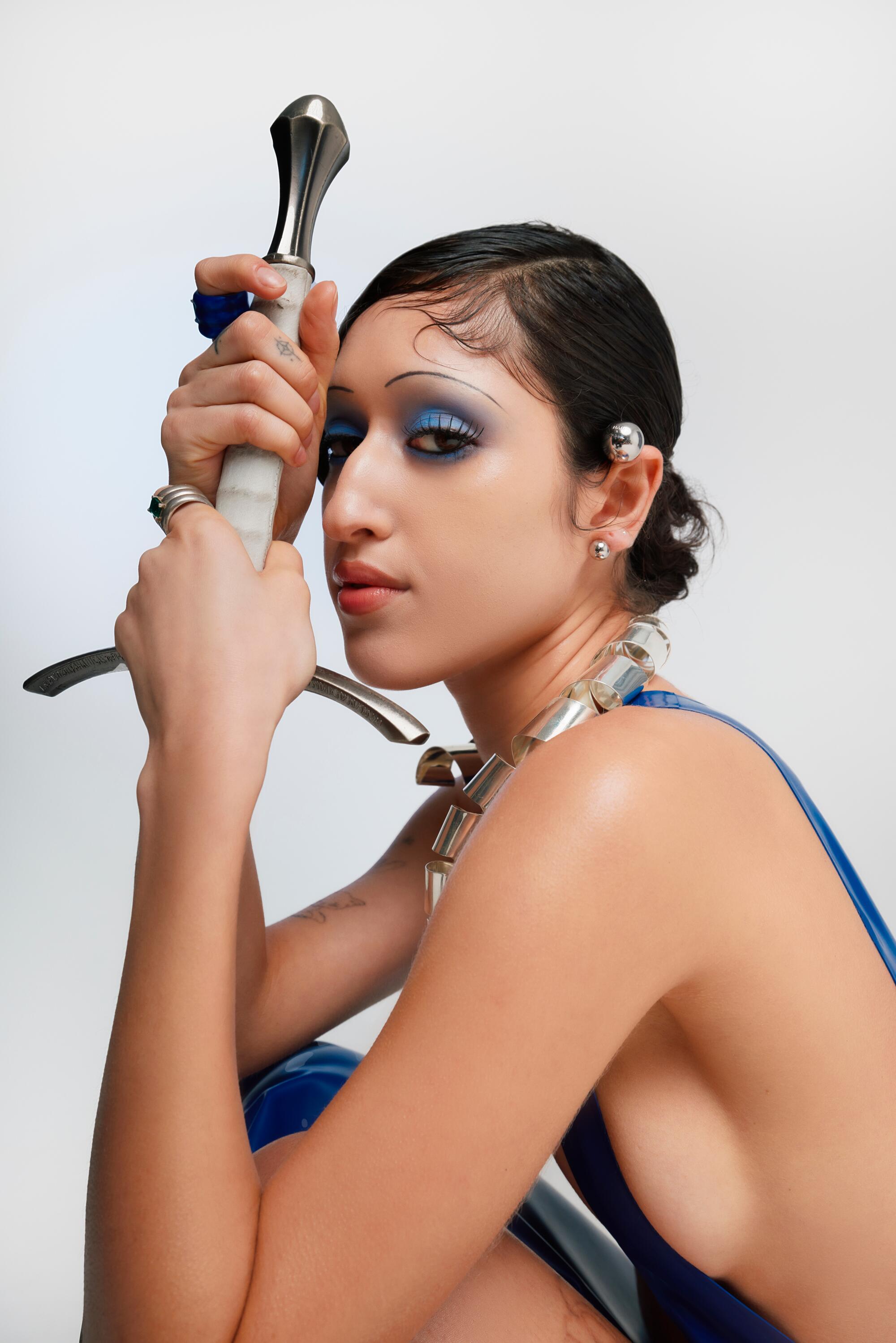
A.E. Waite, the “author” of the modern tarot deck, first met Pamela Colman Smith, the deck’s eventual illustrator, when they were both members of the Hermetic Order of the Golden Dawn, a secret society that essentially practiced magic. It may sound fantastical and even a little silly to imagine a gathering of adults conducting mystical rituals in secret while wearing Egyptian costumes, but when we consider the historical context of rapid social and technological change in which these orders were formed, it’s no wonder their members sought out tools of control and divination. Their world was evolving very quickly and unexpectedly, and they longed for the comfort of a certain future.
Our own cultural context is not so dissimilar. When I use this deck as your tarot reader today, I may not be dressed like Cleopatra, for example, but when you picture a tarot reader here in Los Angeles, are they wearing a flower crown? And are we, as a society, not also grappling with extraordinary sweeping cultural and technological changes? Our present is so uncertain that it’s no great surprise everyone wants me to tell them what happens next.
Besides the one regarding your future, your most looming question of our reading, at least at the start, might be what have you paid me for. As I said before, I do wish I could tell you exactly what will happen next. I wish I could tell myself the same. But while I cannot predict your future, or mine, I can tell you a story.

Here’s one: The first tarot reading I ever received occurred at a famous occult shop and tearoom in New Orleans. I was 17 and all I wanted to know was whether I was going to marry my high school boyfriend. I don’t recall what the cards said, only that the reader refused to give me a definitive answer about my boyfriend in her reading of them. Because of this, I did not engage her further about my spread, or layout of cards, and the tarot reading was over quickly. Still, I had paid for a certain amount of time with the reader, so she offered to look at my right palm. Now this reading I remember almost verbatim because upon noticing that my head and heart lines were merged as one — a Simian line, the ultimate representation of determination — the reader told me that if I were a man, she’d advise me to run for president one day.
I became a writer instead, not because I’m not a man, but because just like you, I was more curious about what my life could possibly amount to, and writing it all down in an attempt at synthesis seemed to be the closest I could get to predicting my own future.
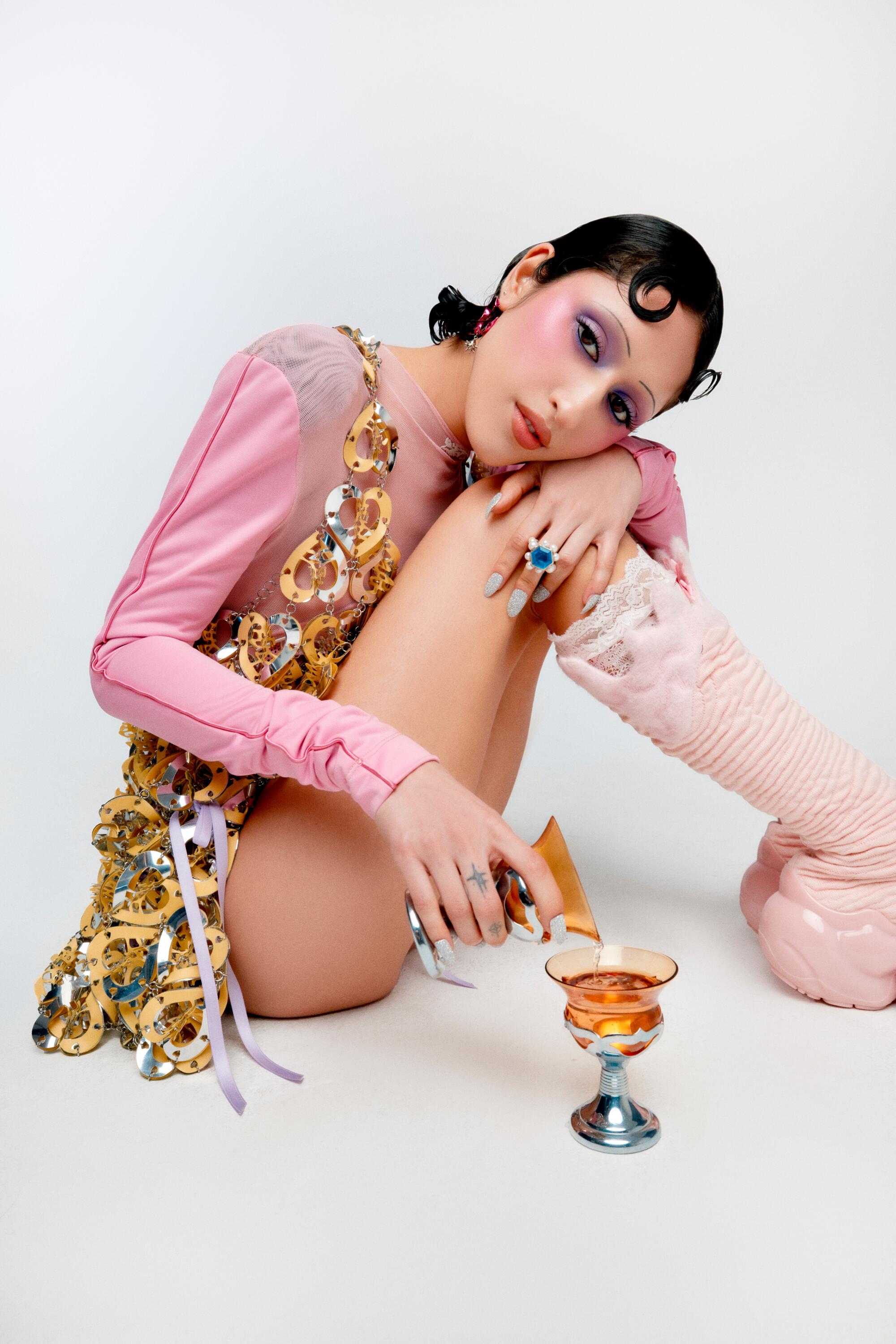
“We tell ourselves stories in order to live.” So goes the now-platitudinous opening quote from Joan Didion’s seminal essay “The White Album.” “We interpret what we see, select the most workable of the multiple choices,” Didion explains. “We live entirely, especially if we are writers, by the imposition of a narrative line upon disparate images, by the ‘ideas’ with which we have learned to freeze the shifting phantasmagoria which is our actual experience.” This excerpt became so cliched amongst writers because it happens to be true.
What is emerging? Where are we headed? What is in the future? Listen to artist Edgar Fabián Frías and what will be will be.
In another oft-paraphrased standby of writers, the common definition of ‘to essay’ is to try, attempt or undertake. An essay, then, is both a noun and a verb, both an effort of interpretation as well as its result. For writers of essays, myself included, this also happens to be true. When I try to make sense of life, I attempt to turn the flashes of experience in my head into words on a page so that I may read them back to myself and hopefully understand, at least a little bit, where I’ve come from, so that I maybe even see what lies ahead.

Here is another story: The second tarot reading I ever received also took place in a tearoom. This one was in North Carolina and every Tuesday a local tarot reader offered a 30-minute reading for 50 dollars in the back room. On the Tuesday that I added my name to the list for drop-in readings, I had a $50 bill waiting on my desk at work that morning, a gift from my employer on the occasion of my birthday. I figured the reading would be a fun thing to do that evening, something that I would’ve never spent my own money on. I was not disappointed. This tarot reader proved to be far more mystical of a reader than I would ever be — she began our session by telling me that my dead grandfather was there, too. For the half an hour that I sat with her in the tearoom, I was fully entranced, if not fully convinced.
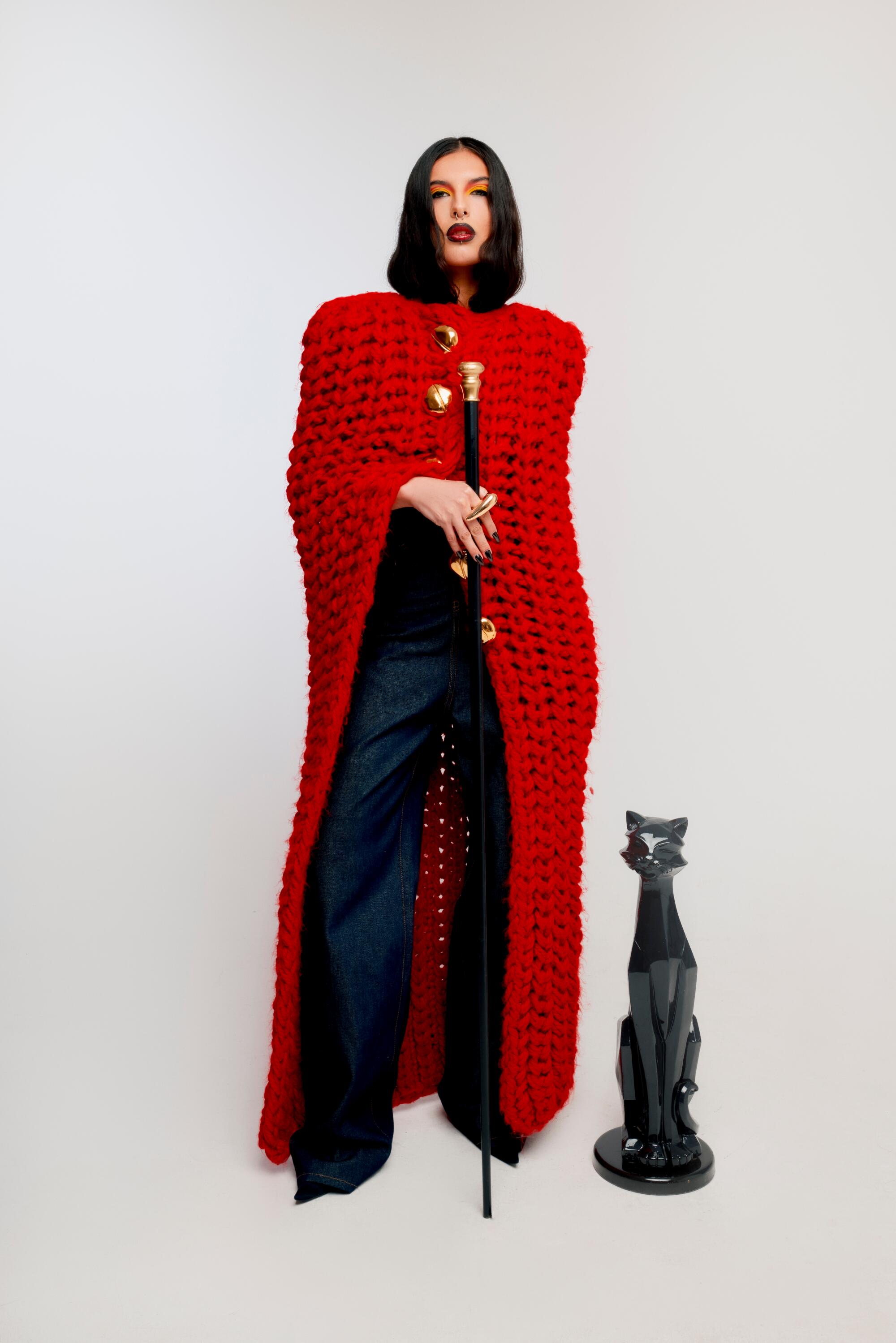

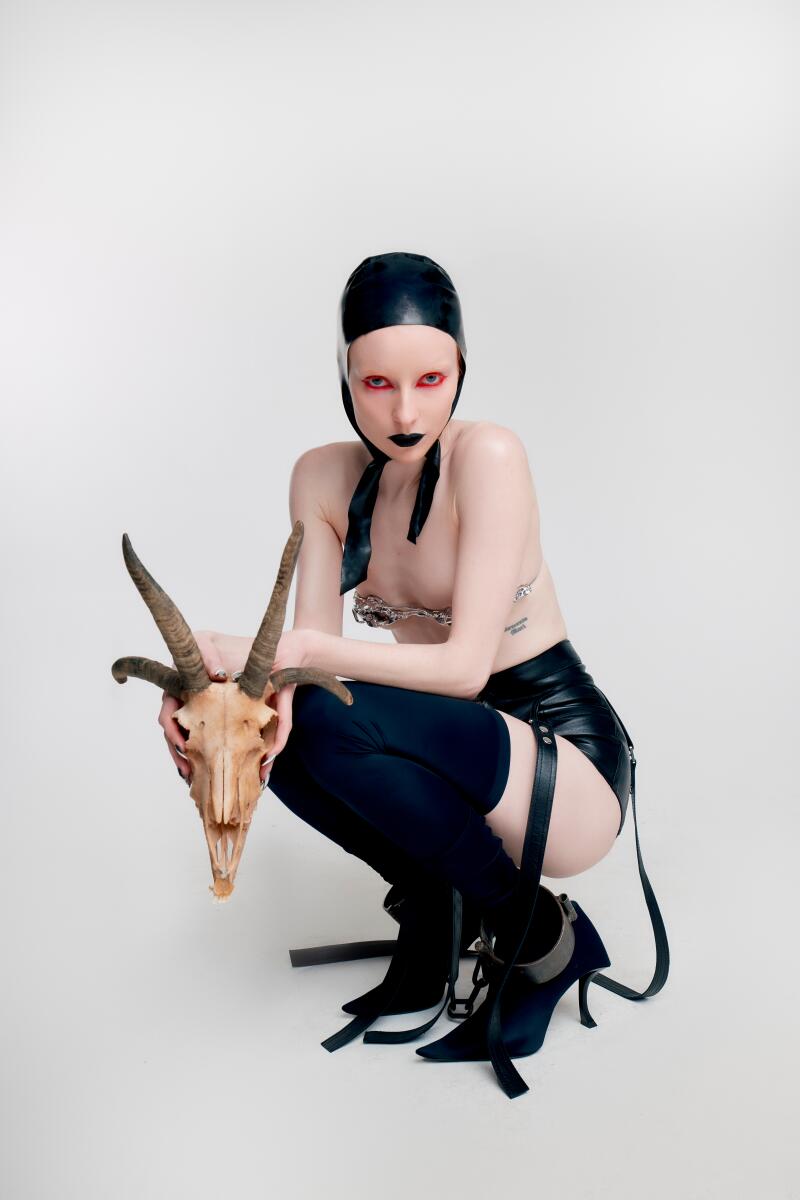
Avery, styled as the Devil, wears BustedBrand latex bonnet, Weiraen bra, Ashton Michael shorts, Balenciaga boots.
I continued to see this woman sporadically for casual readings over the next few years, mostly as an entertaining, lighthearted hour of my life here and there. But when my husband (who was not my high school boyfriend, alas) and I were separating and contemplating a divorce, I booked a conversation with her almost immediately. Because even though my profession insists that I try to make sense of life through writing, I couldn’t understand what was happening in my own life, couldn’t find the narrative to describe how my husband and I had gotten here and, therefore, what would come next. I couldn’t even speak about the state of my marriage, let alone write about it; this language of loss was a foreign one. Tarot, which I had never taken all that seriously, now appeared as viable an option as any as a means of translation.
Through that charged tarot spread, the reader told me a story about myself that I didn’t realize I already knew. Or even if I did know it — in this case, that my husband and I would end up divorcing — it wasn’t one I could articulate. It’s not that the reader told me my marriage was over. Rather, she read the cards to me as questions that underscored the big one: What will happen to us? In answering those other prompts for myself and, more important, about myself, I came to understand that I already had the answer about my future, too. It was a paradox of sorts; by acknowledging where I had come from, I could see that there was no going back.
A deck of cards can provide the space to tell the stories we already know but haven’t yet read.
We often resist the work of returning to what has already happened or who we’ve already been, especially when we’re tempted by the optimism of the future and the resolution we want it to hold. But as I learned in that pivotal reading about my marriage, when you surrender to the narrative that already exists, when you quite literally accept the cards that life has already dealt you, the story of what may lay ahead practically tells itself.
This is a revelation perhaps more easily arrived at in tarot than in writing. “The externalization of internal experience onto a physical object like a card creates some distance that gives us room to breathe, shifts how we relate to ourselves, and offers a new vantage point to look from,” explains Dore. A deck of cards can provide the space to tell the stories we already know but haven’t yet read.

After you ask that thinly veiled question about what your future holds, we’ll start with a small spread of just six cards. One of those cards represents the recent past, just as there is one for possible outcomes. You, of course, are most interested in the possible outcomes card. I will remind you anyway to pay attention to the card about your past. This is what you’re paying me for: To reorient you again and again toward who you’ve been and where you’ve come from. Through those six cards, you’ll realize you already know the story but didn’t have the words for it. And in my speaking aloud that narrative for you through the questions from the cards, you’ll realize you already know the answers, and you already know what to do next, too.
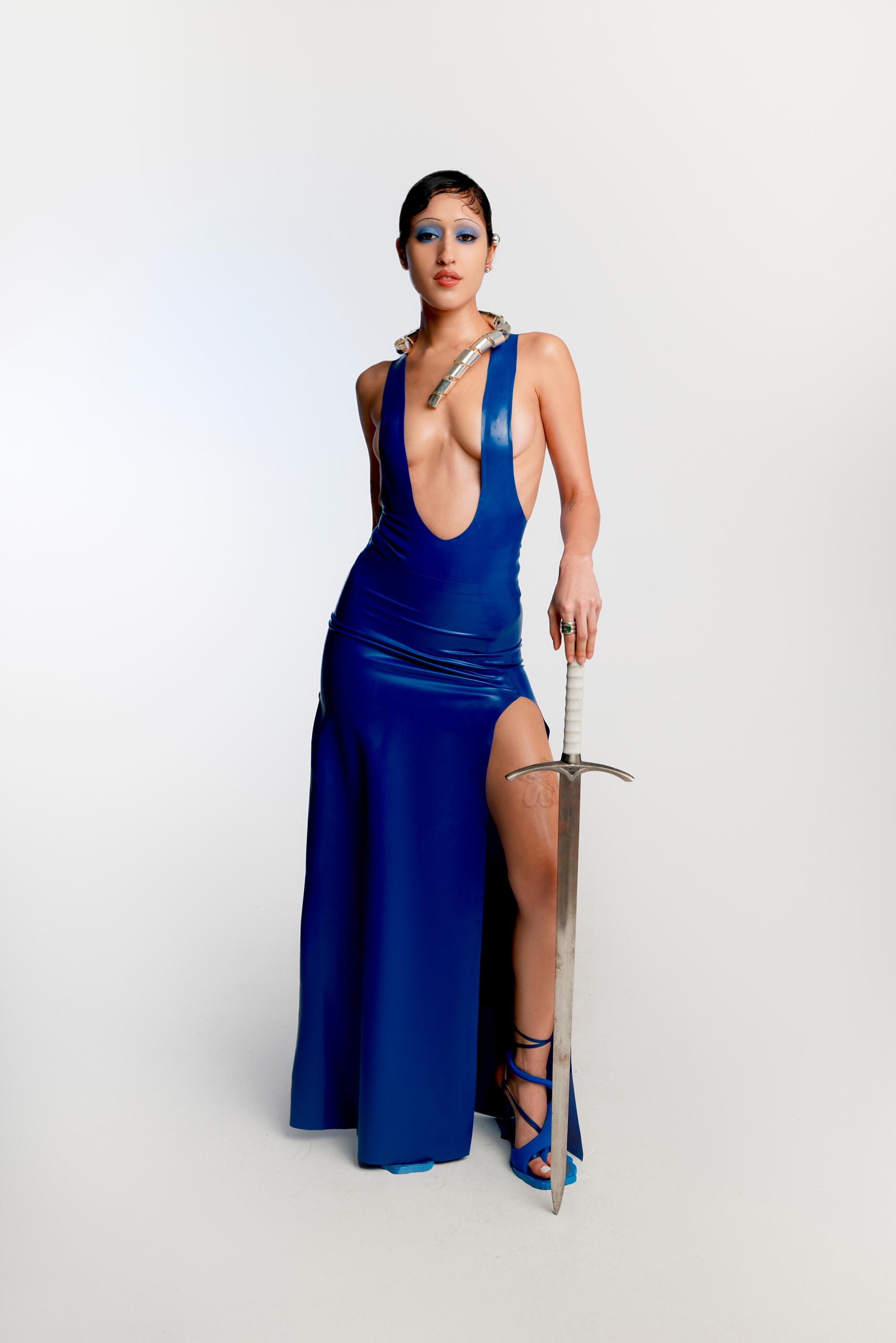
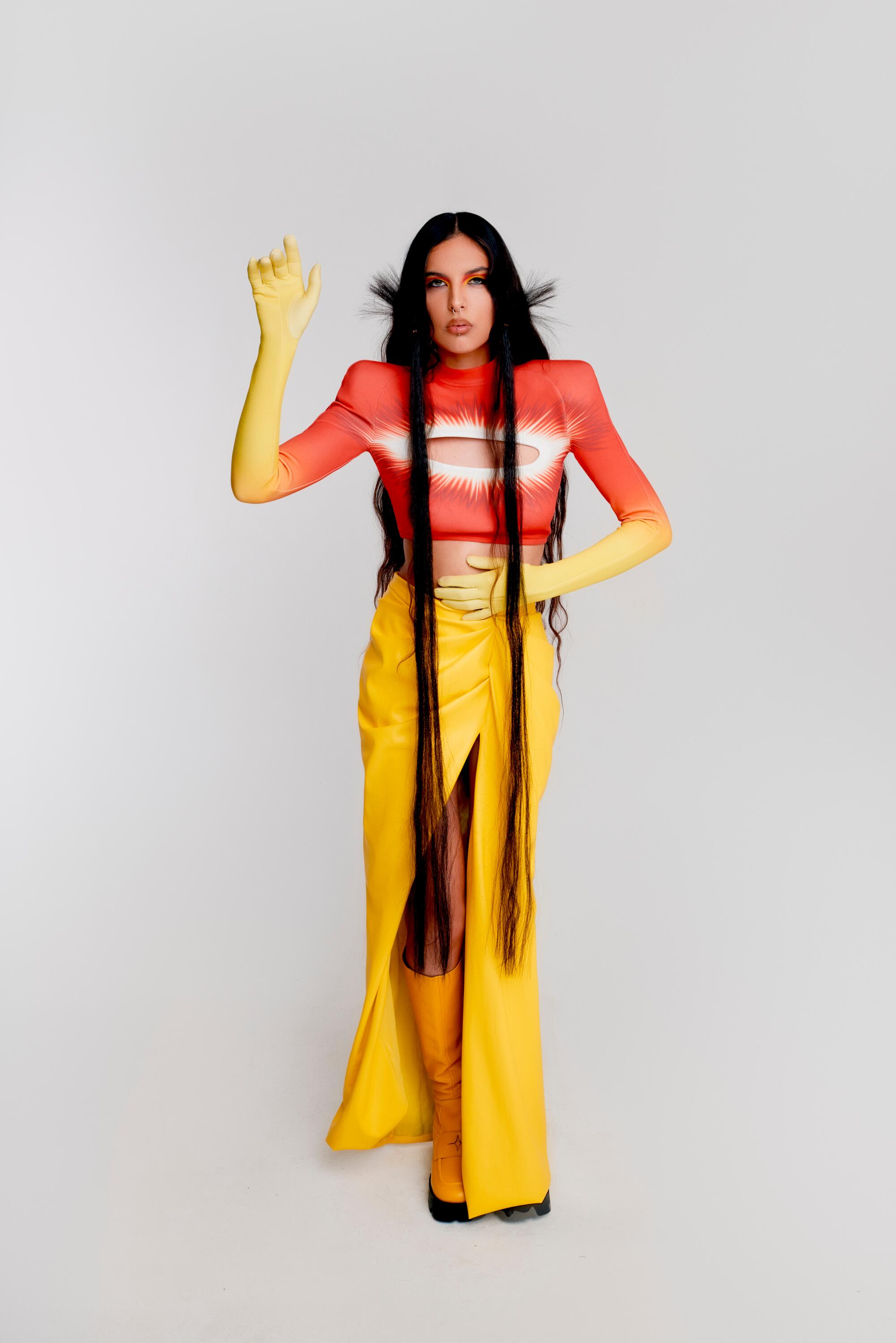
Traditionally, an essay begins with a question and so does a tarot reading. Even the vocabulary I’ve been using here — readings and readers, translation, prompts, narratives, stories — speaks to the act of writing. Both are a practice, both are an attempt. And both are an essay, which means they each demand objectivity. I can only read your cards because they are your cards. “And this, of course, is why you should never read [tarot] for yourself,” cautions the writer and former professional tarot reader Alexander Chee in his essay “The Querent.” “You can’t give yourself the impersonal reading you need. It’s much like writing an essay — to succeed, it requires an ability to be coldly impersonal about yourself and your state, so as not to cloud what is there with what you want to see.” This is where writing and tarot diverge for me because while I can pull cards for you, I can only tell my own stories here on the page.
An essay tells a story about what has already happened and in reading that story, you realize something about the future. The same can be said about a tarot reading. But in neither case do you learn the future itself, only who you might be in it, or the direction towards which you should look, or even just the fact that you can’t go back and must keep moving forward at all. So then, tarot and the essay share one last commonality: Both resist conclusion. After all, a conclusion is just another way of describing the future — something ends so something else can begin. We want a tidy prediction at the end of a tarot reading just as we want a bow at the end of an essay. Neither, of course, is possible. This is perhaps the biggest lesson imparted from my tarot practice to my writing one, and the lesson I try to impart to you in a reading.
So please, choose a card, and I’ll tell you a story about yourself. It won’t sound like a story about your future, but I can promise it’s one you’ll want to hear.
Producer: Imani Lindsey
Models: Wendy Pacheco, Avery Jade Richardson, Kitty Umiña
Makeup: Selena Ruiz
Hair: Adrian Arredondo
Prop stylist: Gina Canavan
Styling Assistant: Izzy Huynh
Claire Salinda is a writer and tarot reader from Los Angeles. Her work has appeared in the Missouri Review, Assay, G*Mob, Thrillist and other publications. She holds an MFA from the Bennington Writing Seminars.

